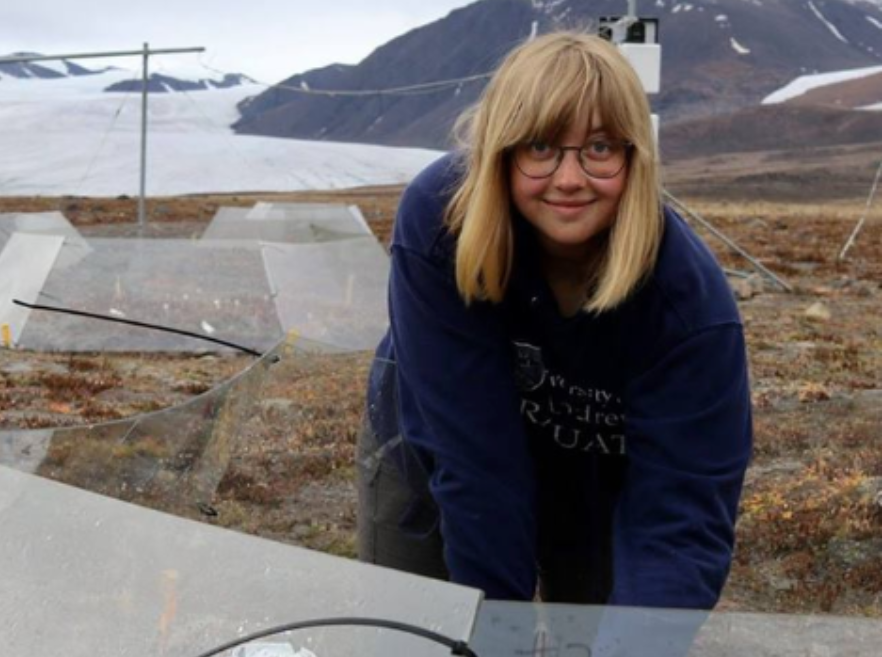PROFILE: Elise Gallois, Ph.D. student, University of Edinburgh School of GeoSciences

Elise Gallois is a Ph.D. student (E4 DTP NERC) at the University of Edinburgh School of GeoSciences. Elise studies tundra ecosystem change across microclimates and spatial scales, and her current research projects orbit the themes of below-ground plant growth, reconstructing past ecological change and investigating the various drivers of plant growth and reproduction across the Arctic.

Connect with Elise:
If you’d like to have your work featured on We Rep STEM, get in touch! We can be reached via email at werepstem@gmail.com.
